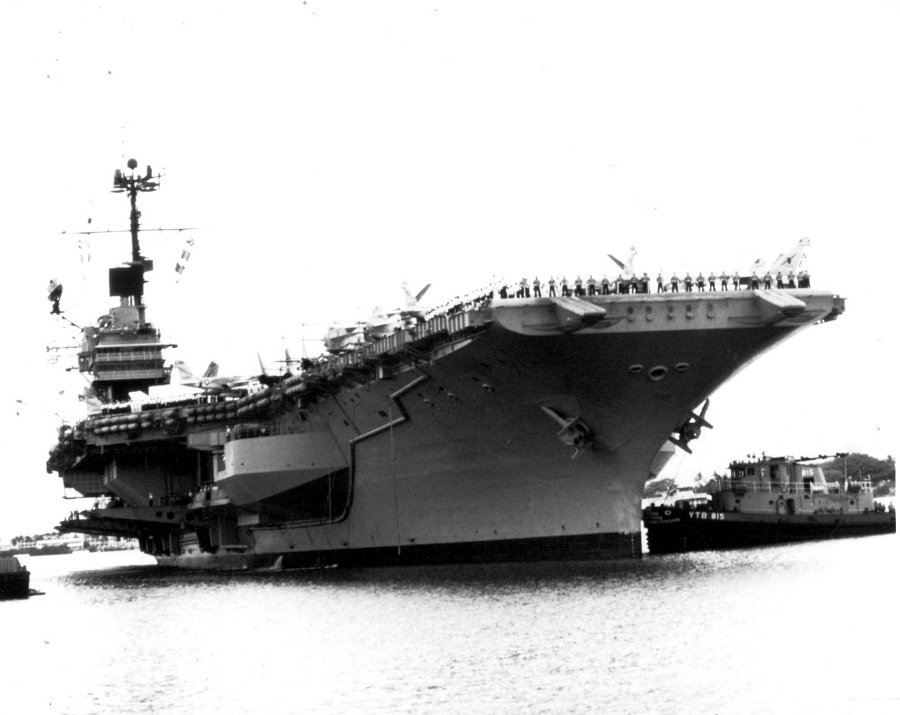

You can operate steering, or any installed modules and weapons independently, but to control both at once you need to manually activate them all in turn and then go back to steering. Managing which parts of a vehicle you're controlling takes some getting used to as well, and is easily fumbled under pressure. Giving orders on the map, meanwhile, is naturally awkward on a controller, and while to its credit the game detects switching back and forth pretty well, there was always too much friction for me to ever feel confident flying any but the most cautious flights. They handle uncomfortably via keyboard, with the mouse wholly reserved for the camera (and even then only if you have a camera module installed), and I felt the absence of analogue controls despite having used my controller precisely zero times in the last 18 months. That's when a player who's handy with a helicopter or jet would shine, of course, but I never quite got to grips with any of the aircraft. Choppers are much less hassle to launch and land but god they're fragile It wasn't long before I defaulted to spotting and sniping most defences from the carrier's big guns, unwilling to trust air units with little sense of self-preservation or initiative, and unwilling to wait for buggies and tanks to crawl slowly to the beaches only to immediately run out of ammunition and have to come back. Playing it with any degree of competence, however, is another matter entirely. Playing Carrier Command 2 is fairly easy. Between a reasonably-pitched tutorial and help menu and experience with similar games, I was quickly comfortable. Aircraft, however, are a game unto themselves, and probably the biggest roadblock to anyone wanting to dive in. Ground vehicles are simple enough (and amphibious, the one case where Hostile Waters was actually a lot fiddlier) to handle, although you'll still need to pay attention to the rangefinding readout once it's tank time if you want those shots to count. Most of your work will be co-ordinating and planning and tweaking orders, and when you do take the wheel, you'll be greeted with a sim befitting the original. This is not the action-first interpretation of Carrier Command's other descendant Hostile Waters, though. Playing it with any degree of competence, however, is another matter entirely."

"Playing Carrier Command 2 is fairly easy. No, any time your drone vehicles are off the ship, you can connect to them remotely, either to passively supervise and spot from a circling recon ship, or to actively take over control, and crash into as many missiles as you damn well please. Because, you see, you're not just pushing icons around the map or watching helplessly from the bridge as another helicopter jinks directly into an oncoming missile.

It is, like last week's HighFleet, big on diagetic interfaces, although as with that game, sensible concessions are made when it comes to the action sections. Practically speaking, what you will be doing is flicking switches, peering through binoculars, and switching off the monitors you're not using because you're energy conscious and then forgetting which one does what when you need them again, because you're also an idiot. You, of course, control one carrier, with the freedom to attack wherever and however you like. Two automated carriers set out to sink one another by directing land and air vehicles, and in between them are dozens of islands, each defended by AI vehicles and turrets hostile to both carriers, and each home to a base that, if captured, can manufacture replacement vehicles, weapons, and supplies. The idea is compelling enough that it's frustrating it's been so rarely revisited since the 1988 original.


 0 kommentar(er)
0 kommentar(er)
